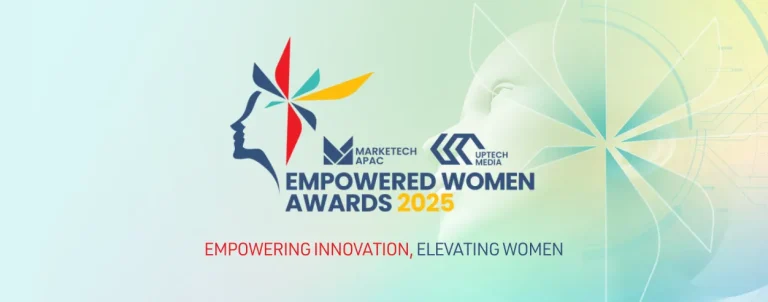Melbourne, Australia – Telstra and Silicon Quantum Computing (SQC) have reported outcomes from a joint initiative aimed at applying quantum computing to the telecommunications sector, marking a step forward in Australia’s move towards quantum-enabled digital infrastructure.
Over a 12-month period, the two organisations examined how quantum machine learning could improve Telstra’s predictive analytics systems, which are used to anticipate and manage network performance.
Predictive analytics supports network reliability by identifying and resolving potential service issues before they affect customers and by enabling more dynamic service responses, such as bandwidth adjustments based on real-time usage.
Currently, Telstra employs machine learning and artificial intelligence to analyse performance indicators, including latency and bandwidth, enabling automated interventions or technical adjustments to maintain network stability.
“Combining Telstra’s experience in managing complex connectivity with SQC’s world-class quantum systems proved that deep domain knowledge together with cutting-edge engineering can lead to innovation with potential real-world customer impact,” Shailin Sehgal, group executive of global networks and technology at Telstra, commented.
He added, “We’re constantly looking ahead to technologies that can help us create a smarter connectivity experience for customers.”
In the collaboration, SQC’s researchers and Telstra’s engineering team evaluated Watermelon, SQC’s quantum-enhanced machine learning platform. The project sought to determine whether the quantum system’s generated features could be applied to forecast network metrics and benchmark its performance against a deep learning model used in existing network management processes.
The findings indicated that the quantum reservoir model achieved comparable predictive accuracy while requiring significantly less time to train. The system also functioned without reliance on high-performance GPU hardware, suggesting potential efficiencies in cost and energy consumption for future applications of AI in telecommunications.
“The collaboration with Telstra allowed us to test our quantum reservoir system in a real-world telecommunications context–something few quantum companies have achieved,” Michelle Simmons, CEO of Silicon Quantum Computing, shared.
She added, “Watermelon’s quantum feature generation helps to reveal complex relationships within classical data, while dramatically reducing training time. It shows how quantum processors have moved beyond theory and into practical, scalable solutions that enhance Australia’s digital infrastructure.”
According to both organisations, the collaboration demonstrates the practical potential of quantum systems for improving the speed and efficiency of data-driven network management.
The results highlight opportunities to integrate quantum computing into large-scale infrastructure and commercial systems to enhance operational intelligence and reduce computational demands.
The initiative forms part of ongoing efforts to explore the practical applications of quantum technologies in Australia’s digital networks and to support the development of advanced, locally driven innovation in the telecommunications sector.












